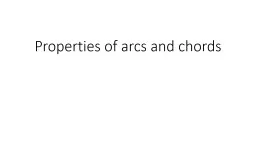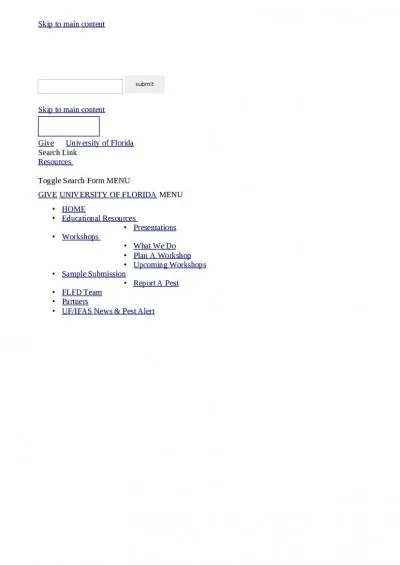PPT-Finding and Characterizing the Giant Arcs
Author : natalia-silvester | Published Date : 2015-12-03
Bingxiao Xu Johns Hopkins University Outlines Science motivation Automate arcfinder Test the arcfinder by simulations Priliminary results Future prospects Why Giant
Presentation Embed Code
Download Presentation
Download Presentation The PPT/PDF document "Finding and Characterizing the Giant Arc..." is the property of its rightful owner. Permission is granted to download and print the materials on this website for personal, non-commercial use only, and to display it on your personal computer provided you do not modify the materials and that you retain all copyright notices contained in the materials. By downloading content from our website, you accept the terms of this agreement.
Finding and Characterizing the Giant Arcs: Transcript
Download Rules Of Document
"Finding and Characterizing the Giant Arcs"The content belongs to its owner. You may download and print it for personal use, without modification, and keep all copyright notices. By downloading, you agree to these terms.
Related Documents














